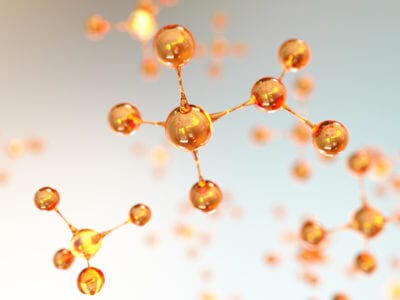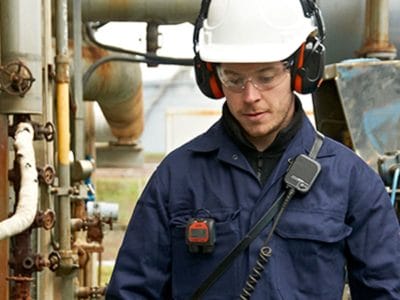
Monitoring Benzene
Formula: C6H6 | CAS: 71-43-2
Protecting both people and the environment whilst meeting the operational needs of your business is paramount and if you have operations in the UK you will be well aware of the requirements of the Control of Substances Hazardous to Health (CoSHH) regulations and likewise the Code of Federal Regulations (CFR) in the US.
Similar legislation exists worldwide, the common theme being an onus on hazard identification, risk assessment and the provision of appropriate control measures.
PID Buyers Guide for benzene monitoring
Fixed | Portable | Personal
Unlike other health and safety hazards, the only way to carry out a risk assessment for benzene exposure is to monitor quantitatively. Like other volatile organic compounds (VOCs), benzene evaporates easily and most people can just detect its distinctive ‘aromatic’ smell at concentration between 2.5 and 5 parts per million (ppm) in air but regulatory occupational exposure limits (OEL) are typically 1 ppm. However the ‘direction of travel’ for the OEL is towards 0.1 ppm and knowing that benzene is a hazardous, carcinogenic chemical, it is imperative that the measurement solution is sensitive and accurate. It must also be capable of operating in harsh process plant environments in the likely presence of dirt, dust, high humidity and interference from other VOC/aromatic compounds. The photoionisation detector (PID) has proven to be an ideal solution but there are several considerations that must be borne in mind when choosing an instrument.
”In a photoionisation detector high-energy photons, typically in the vacuum ultraviolet (VUV) range, break molecules into positively charged ions. As compounds enter the detector they are bombarded by high- energy UV photons and are ionised when they absorb the UV light, resulting in ejection of electrons and the formation of positively charged ions. The ions produce an electric current, which is the signal output of the detector. The greater the concentration of the component, the more ions are produced, and the greater the current. The current is amplified and displayed on an ammeter or digital concentration display.
Wikipedia
Fixed, portable or personal monitoring?
Applications for PIDs include:-
- fixed systems for area or fenceline monitoring of fugitive emissions
- portable instruments for confined space entry checks or leak detection & repair
- personal instruments, to alert a worker to a concentration above the regulatory OEL
Here are the definitive features to look out for:
Fixed monitoring for benzene detection:-
- be benzene specific i.e. require no calibration correction factor
- have real or near-real time continuous monitoring with industry standard 4-20mA and/or MODBUS outputs
- require no operator intervention during normal use
Portable monitoring for benzene detection:-
- have a specific benzene mode and pre-filter tube capability
- have a high resolution of 1 ppb to cope with the legislative trend i.e. towards an OEL of 0.1 ppm and in some cases lower
- have a long battery life capable of two 12-hour shifts to maximise data capture and to minimise system downtime
Personal monitoring for benzene detection:-
- be small and lightweight so as not to burden the wearer (the personal PID is having to ‘compete’ for space alongside gas and radiation detectors, portable radios and other monitoring instrumentation such as noise dosimeters and dust sampling heads/pumps)
- have a high resolution of say 10 ppb for compliance purposes
- have a high range of 5000 ppm to accommodate the high levels experienced during plant turnaround
- be capable of 1 second logging of actual exposure for later download and analysis which would highlight areas of concern and help identify where fixed systems could be situated
Download our FREE Guide
“PID Buyers Guide for Benzene Monitoring”
The PID Buyers Guide for benzene monitoring which can be downloaded below provides the reader with an in-depth balance of knowledge covering the massive benefits of using Photoionisation Detection (PID) technology and which instruments are best suited within your application.
















